The Packaging Design Service Market is currently characterized by a dynamic competitive landscape, driven by innovation, sustainability, and digital transformation. Key players such as Landor Associates (US), Pentagram (US), and Design Bridge (GB) are at the forefront, each adopting distinct strategies to enhance their market positioning. Landor Associates (US) emphasizes brand strategy and design, focusing on creating compelling narratives that resonate with consumers. Meanwhile, Pentagram (US) leverages its design expertise to foster collaborations across various sectors, enhancing its creative output. Design Bridge (GB) is particularly noted for its commitment to sustainability, integrating eco-friendly practices into its design processes, which aligns with the growing consumer demand for environmentally responsible packaging solutions. Collectively, these strategies contribute to a competitive environment that prioritizes innovation and responsiveness to market trends.
In terms of business tactics, companies are increasingly localizing manufacturing and optimizing supply chains to enhance efficiency and reduce costs. The market structure appears moderately fragmented, with numerous players vying for market share. However, the influence of major companies is substantial, as they set benchmarks for quality and innovation that smaller firms often strive to emulate. This competitive structure fosters a climate of continuous improvement and adaptation, as firms seek to differentiate themselves in a crowded marketplace.
In August 2025, Landor Associates (US) announced a strategic partnership with a leading technology firm to develop AI-driven design tools aimed at streamlining the packaging design process. This initiative is likely to enhance their service offerings, allowing for more personalized and efficient design solutions that cater to client needs. The integration of AI into their operations may also position Landor as a pioneer in the use of technology within the packaging design sector, potentially reshaping client expectations and industry standards.
In September 2025, Pentagram (US) launched a new initiative focused on sustainable packaging solutions, collaborating with various brands to create innovative designs that minimize environmental impact. This move not only reinforces Pentagram's commitment to sustainability but also aligns with broader market trends that favor eco-conscious practices. By positioning itself as a leader in sustainable design, Pentagram may attract a growing segment of environmentally aware consumers and brands, thereby enhancing its competitive edge.
In July 2025, Design Bridge (GB) unveiled a new design framework that incorporates consumer feedback into the packaging development process. This approach is indicative of a broader trend towards consumer-centric design, where companies actively engage with their target audience to inform product development. By prioritizing consumer insights, Design Bridge is likely to enhance its relevance in the market, ensuring that its designs resonate with end-users and meet their evolving preferences.
As of October 2025, the competitive trends within the Packaging Design Service Market are increasingly defined by digitalization, sustainability, and the integration of advanced technologies such as AI. Strategic alliances are becoming more prevalent, as companies recognize the value of collaboration in driving innovation and expanding their service capabilities. Looking ahead, it appears that competitive differentiation will increasingly hinge on factors beyond price, with a greater emphasis on innovation, technological advancement, and the reliability of supply chains. This shift suggests that companies that can effectively leverage these trends will likely emerge as leaders in the evolving landscape.


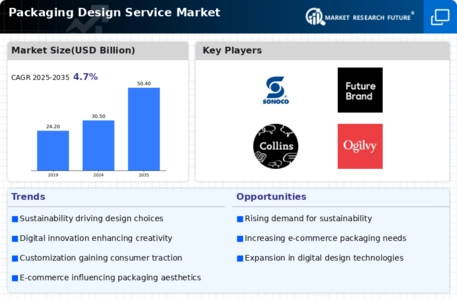
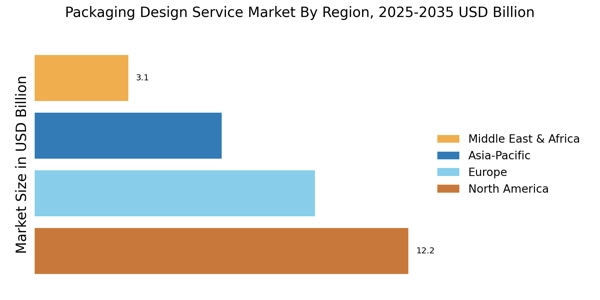
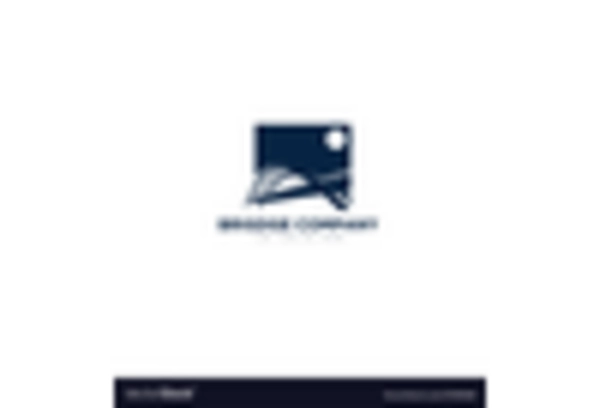

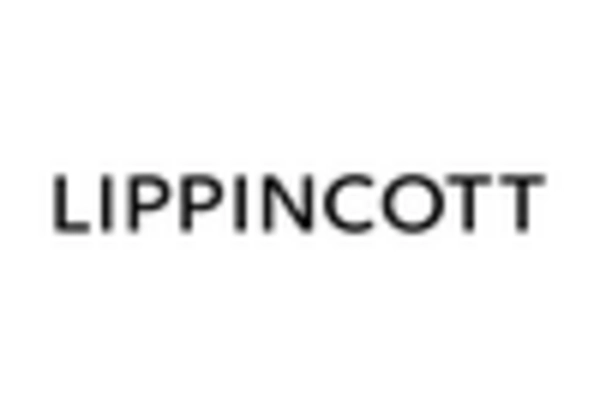
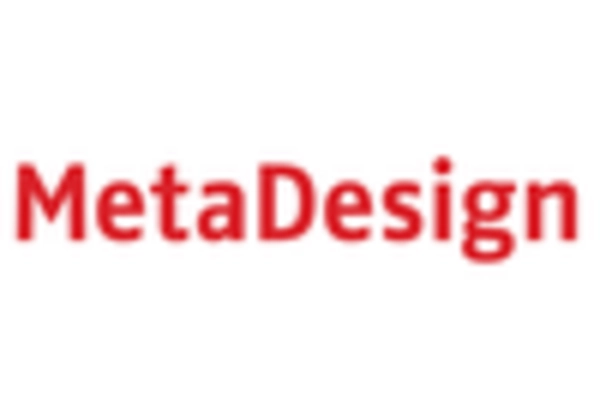









Leave a Comment